In the first part of this series, I shared my initial experiences as a student at the University of Allahabad—a place deeply connected to my family’s legacy. I arrived there as a shy, modest student, unsure of my path after a difficult intermediate exam. Yet, through hard work and determination, I surprised myself and others by finishing my first year among the top 3 students in the university. It was an achievement that not only boosted my confidence but also set the stage for the next phase of my academic journey. Now, I want to take you along as I navigated the challenges and triumphs of my postgraduate studies.
A Fork in the Road

July 1969 brought me back to the University of Allahabad, but this time, I was faced with a dilemma: should I pursue a Master’s degree in English Literature or History? This was not just an academic choice; it was a career one. After long deliberations, I chose History. It was a more strategic move, as I believed it would give me a better advantage in the Civil Services examination. Like so many of my university peers, I had my sights set on the coveted Indian Administrative Service (IAS). More importantly, I wanted to follow in the footsteps of my brothers, who had already carved out distinguished careers in the Civil Service.
My Master’s Journey Begins
I was among the hundred or so students admitted into the Master’s in History program, a diverse group with classmates from far-flung states like Manipur, Nagaland, Tamil Nadu, Orissa and other neighboring states. For my MA first year, I chose to study Indian Culture, the History of Modern Europe, British History, and American History. Our classes were taught by some of the most respected professors in the field: Professor O.P. Bhatnagar, the Head of the department; Mr. E. L. Chaufin; Dr. Radhey Shyam; and Mr. L. K. Joshi, who himself would later join the IAS and retire as a Secretary in the Department of Personnel and Training, Government of India. I still remember the brilliant oratory of Professor Bhatnagar. Mr. Chaufin was quite a character, a gifted teacher who dedicated almost the entire session to the French Revolution. Dr. Radhey Shyam and Mr. L.K. Joshi, on their part, taught with a quiet diligence and consistency.

Friendships Forged in the Halls of Learning
My time in the Master’s program wasn’t just about academics; it was also where I forged some of my most enduring friendships. Shantanu Mukherjee, Atul Garg, and Vineet Kumar became my lifelong friends. All three of them would eventually join the Civil Services. Shantanu joined the police service and went on to hold high-ranking positions in the Prime Minister’s security and the cabinet secretariat, even serving as the National Security Advisor of Mauritius after his retirement. Atul Garg joined the IAS and retired as the Principal Secretary of Education in Rajasthan, while Vineet joined the Indian Revenue Service and retired as the Chief Commissioner of Customs in Bombay. Sadly, he passed away shortly after his retirement.
I also became good friends with Masroor, Afzal, and Sharfuddin. Masroor took over his family’s business after completing his Master’s. Afzal and Sharfuddin, on the other hand, dedicated themselves to their passion for cricket. Both played in the Ranji Trophy for Uttar Pradesh, and Sharfuddin even played for the Central Zone team, narrowly missing a spot on the Indian cricket test team. Unfortunately, Afzal passed away shortly after his retirement, and Sharfuddin migrated to Indore to look after his family business. We eventually lost touch, but I will always cherish those memories.
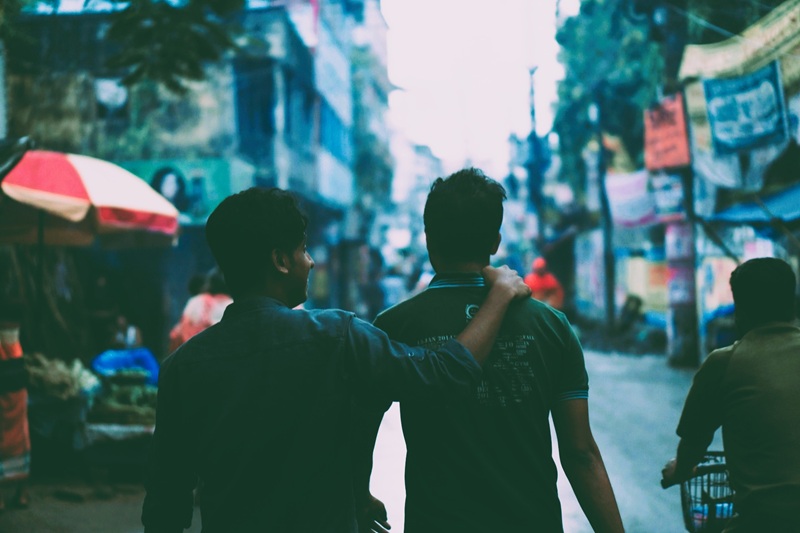
The Pursuit of Knowledge
I worked harder than ever, ensuring I consulted at least ten to twelve books for every paper and meticulously making detailed notes for each topic on the syllabus. I checked out as many books as the central library would allow, and with the help of Bhaiya’s friends—Professors Amar Singh and J.P. Kulshrestha from the English department—I was able to borrow even more on their personal library cards.
My revered father was also a great source of inspiration and support. He gave me his personal copy of Bonapartism by the renowned historian H. A .L. Fischer. This book remained one of my most treasured possessions until I unfortunately lost it during a house move. He also gave me a testimonial that his teacher, Dr. R.P. Tripathi, had written for him back in 1930 in beautiful cursive handwriting. It remains one of my prized possessions to this day.
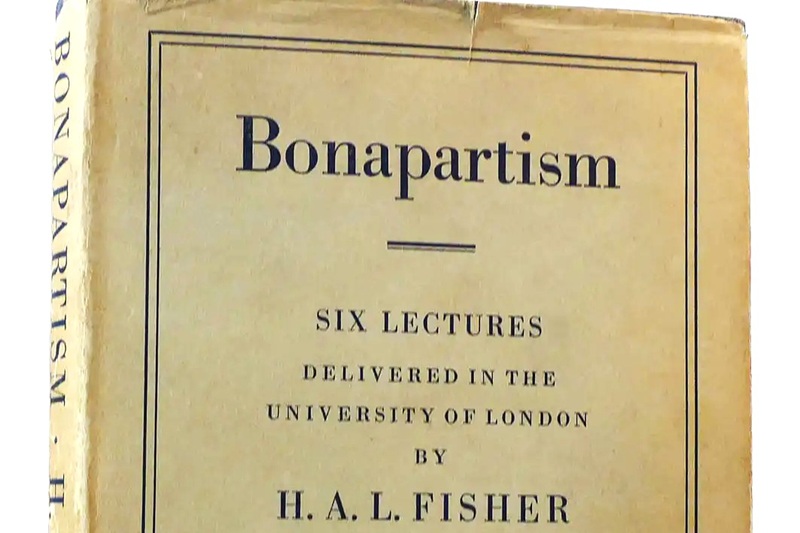
A Campus of Many Parts
In those days, the university’s central library was located in Darbhanga Hall on the Arts faculty campus, also known as the Senate House Campus. The other facilities—Science, Commerce, and Law faculties were situated across different locations. The Science faculty, or Muir Central College campus, was established in 1872 and was home to the iconic Vijaynagaram Hall. Its tall tower and huge double dome, adorned with blue glazed tiles, were a sight to behold from a distance. The University cricket stadium was located right in front of the hall, where it hosted the All India Inter-University cricket tournament, drawing huge crowds from all over Allahabad. The Commerce and Law faculties were located on the Chatham House Campus.

Learning from the Masters
When the results for the M. A. previous exam were announced, I had secured a score of 65% that put me at 2nd rank in the entire university. I was slightly disappointed to have missed the 1st rank by just merely 4 marks, but this only strengthened my resolve to work even harder for my M. A. final exams. I decided to specialize in Mediaeval History, even though most of my friends chose Modern History. Our teachers in the final year were Professor C. B. Tripathi, Dr. Mrs. Rekha Joshi, and Dr. Radhey Shyam.
Professor Tripathi was an outstanding teacher and a true representative of the Allahabad School of History, having been a student of the great Allahabad historian Dr. R.P. Tripathi. He always insisted that historical events should be studied within their own context and not through the values of the twentieth century. He taught us about Aurangzeb’s policies with a remarkable dispassion, highlighting both the positive and negative aspects of his life and work. Professor Tripathi was, without a doubt, the best teacher I ever had at the university, and his lectures left a lasting impact on my mind.
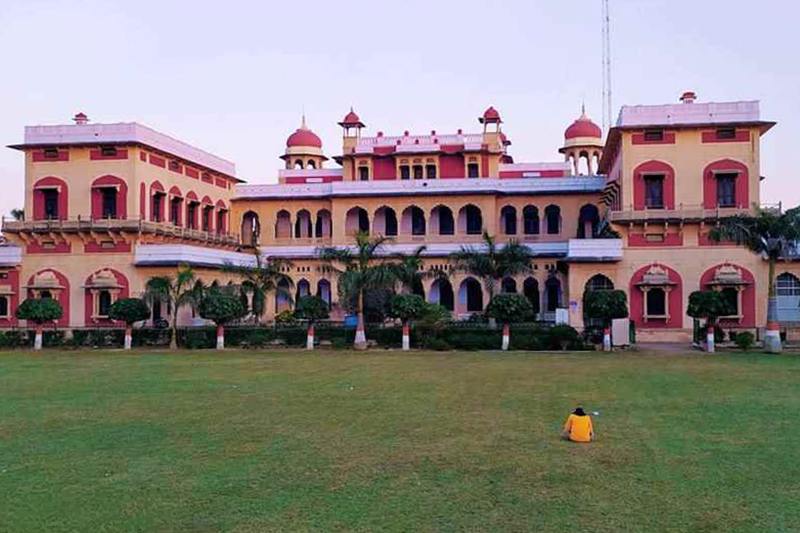
A New Chapter Begins
I redoubled my efforts for the M.A. final examination and finished with an impressive score of 66% that placed me 1st in the entire university. The result was a source of great satisfaction for me and my family, especially my parents. At the time, there was an unwritten tradition that the top student in the Master’s program would be offered a teaching position in the department if a vacancy arose. When a part-time teaching position with a monthly stipend of 150 rupees became available, I immediately applied, hoping to be offered the job.
To my great surprise and disappointment, the selection committee (consisting of the Vice Chancellor, the Dean, faculty of Arts and the Head of the department) offered the position to my friend, Atul Garg, stating that the department had a greater need for a Modern History teacher. As a consolation, I was offered a two-month leave vacancy teaching position with a salary of 440 rupees per month. I accepted the offer and began to prepare wholeheartedly to face the challenge of teaching in the same department where I had been a student for the last four years.
I was assigned to teach one M. A. final class and two undergraduate classes daily. As luck would have it, my very first class was the M. A. final, and when I entered with the attendance register, I found many familiar faces—my friends. Some of them began to laugh, seeing how tense and nervous I was. But I gathered all the courage and confidence I could, and I finished the class on time and with a deep sense of satisfaction. From then on, it was smooth sailing, and I completed my two months of teaching, earning the respect and admiration of my students. In my mind, I vowed never to deliberately miss a class and always teach with full preparation. This became my motto throughout my almost four-decade-long teaching career at the university, and I can say with confidence that I never once broke that promise.
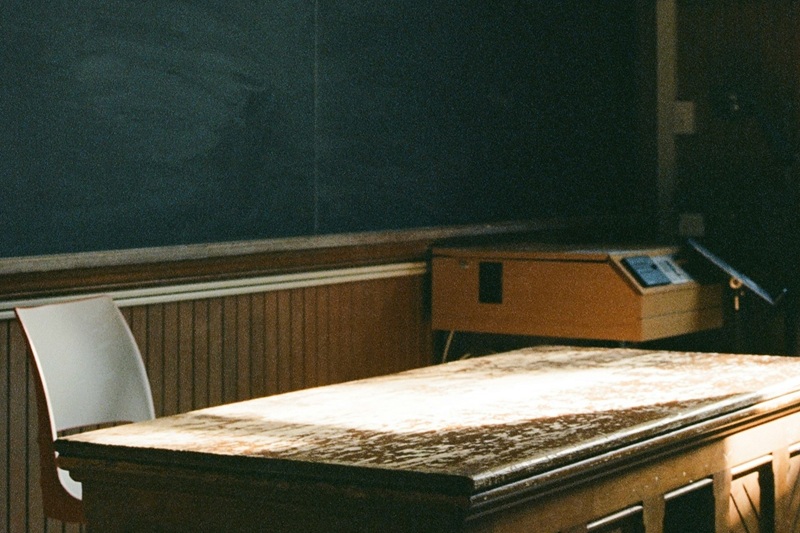
My time as a student had come to a fulfilling close, but little did I know that this two-month teaching opportunity was just the first step in a much longer and more impactful career. It was a career that would allow me to give back to the institution that had given me so much, fulfilling the legacy of learning that began in my family a generation before. My journey from a shy back-bencher to a teacher had begun, but there were many more lessons and experiences to come.
The story continues..

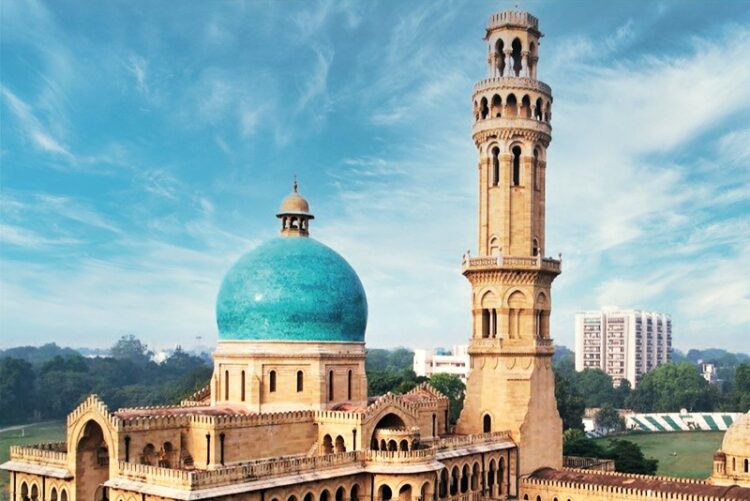
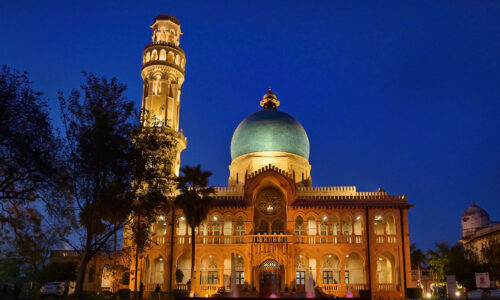
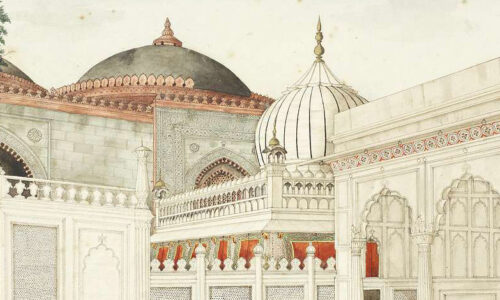
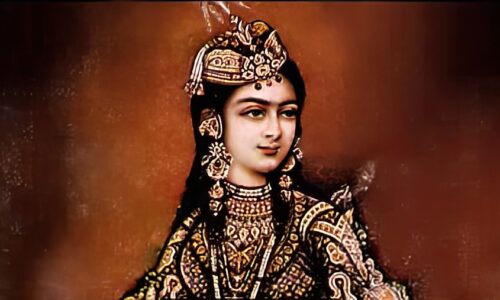
Marvellous piece!
Waiting for the next series.
Thank you, Masood!
Thank you for sharing such a thoughtful and well-articulated piece. Your perspective is both insightful and grounded, and it truly resonated with me. We need more voices like yours in conversations like these. Your determination shines through — very well written. Please keep writing! 👏📚
Thank you very much, Arshad!